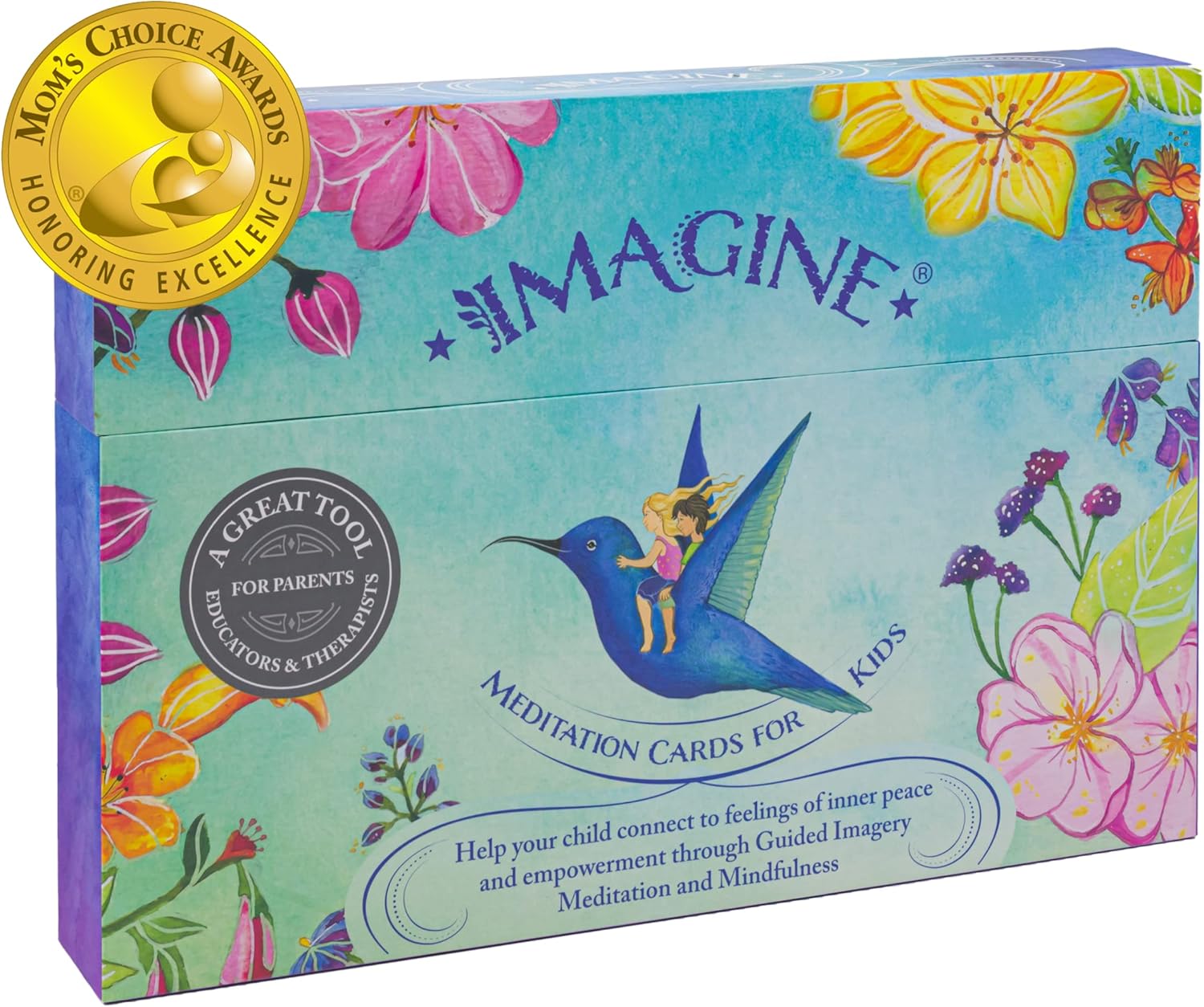In our fast-paced lives, emotions can often feel like unpredictable storms, sweeping us into feelings of overwhelm, anxiety, or frustration. For older women aiming to improve their holistic well-being, learning how to manage emotions for better well-being is essential for achieving balance in all aspects of life—mental, physical, and spiritual. Managing your emotions isn’t just about controlling them; it’s about understanding, embracing, and channeling them in ways that contribute to a healthier, happier life.
In this guide, we’ll explore why emotional awareness is a critical aspect of holistic wellness, steps to identify your feelings, and practical techniques to manage them for improved overall well-being.
Table of Contents
Why Emotional Awareness is Key to Holistic Well-Being
As we age, our emotional landscapes often evolve. The experiences and challenges of midlife—whether family, health, or work-related—can heighten emotional complexity. Here’s why emotional awareness matters:
- Mind-Body Connection: Emotions impact physical health. For example, prolonged stress can lead to high blood pressure, digestive issues, and weakened immunity. Identifying and managing emotions can mitigate these risks.
- Mental Clarity: A calm emotional state fosters clearer thinking, reducing anxiety and depression symptoms, and promoting mental well-being.
- Spiritual Growth: Being emotionally aware helps you connect with your deeper self, fostering spiritual authenticity and peace.
Recognizing and managing your emotions is a vital component of holistic wellness, allowing you to thrive physically, mentally, and spiritually.
How to Manage Emotions for Better Holistic Well-Being
Step 1 – Identifying Your Emotions
Before you can manage your emotions, you must first identify them. Emotional awareness starts with recognizing how you feel and what triggers those feelings. This involves building a relationship with yourself and cultivating emotional intelligence.
1. The Power of Self-Reflection
Self-reflection is key to understanding your emotional responses. Take time to pause and ask yourself:
- How do I feel right now?
- What triggered this emotion?
- Is this feeling rooted in past experiences, current stress, or future worries?
2. Recognizing Emotional Triggers
Once you start reflecting, it becomes easier to identify emotional triggers—specific situations, people, or events that cause strong emotional reactions. Triggers might include:
- Stress from work or personal responsibilities.
- Past trauma that resurfaces during certain conversations.
- Life changes, like retirement or family dynamics.
When you can pinpoint what triggers a particular emotion, you’re better equipped to manage it. For example, if a particular family situation always makes you anxious, simply being aware of that pattern can help you prepare emotionally before engaging with it.
3. Building Your Emotional Vocabulary
One reason emotions can feel overwhelming is that we often don’t have the right words to describe them. A rich emotional vocabulary helps you accurately label your feelings, giving you more control over how you react.
- Instead of saying, "I feel bad," try being specific: "I feel unappreciated," "I feel nervous," or "I feel frustrated."
- By pinpointing the exact emotion, you begin to understand it better and reduce its power over you.
Expanding your emotional vocabulary enables you to navigate complex emotions with clarity and grace.
Step 2 – Managing Your Emotions Effectively
Once you’ve identified your emotions, the next step is managing them in a healthy and productive way. Here are some practical techniques to help you regain control and improve your emotional well-being.
1. Breathing Techniques to Stay Grounded
Simple breathing exercises can help regulate emotions, particularly during moments of stress or overwhelm. One of the most effective techniques is box breathing:
- Inhale for 4 seconds.
- Hold your breath for 4 seconds.
- Exhale for 4 seconds.
- Pause for 4 seconds.
Repeat this cycle 4-5 times, and you’ll notice a significant calming effect.
By incorporating these short breathing exercises into your routine, you can reduce anxiety, regain focus, and manage emotions more effectively.
2. Mindfulness and Meditation Practices
Mindfulness is the practice of being present in the moment, which can significantly help in emotional regulation. You can start by practicing mindfulness during everyday activities:
- Mindful eating: Focus entirely on the flavors and textures of your food.
- Mindful walking: Pay attention to the feel of the ground beneath your feet and the sounds around you.
For deeper emotional regulation, consider a regular meditation practice. Meditation teaches you to observe your emotions without becoming overwhelmed by them, providing a mental “pause” before reacting.
3. Healthy Outlets for Emotional Expression
Emotions need release. Suppressing feelings can lead to physical and emotional health problems, such as tension headaches or emotional outbursts. Here are a few healthy outlets for expressing your emotions:
- Creative Activities: Writing, painting, or crafting can help channel emotions into productive energy.
- Physical Activities: Walking, yoga, or light exercise can serve as excellent emotional outlets, particularly for stress or anger.
These outlets can transform emotional tension into calm, leaving you feeling more balanced.
4. Setting Boundaries to Protect Your Emotional Well-Being
A critical part of managing emotions is learning to set boundaries. This means knowing when to say "no" and creating space for yourself when you need it. Here are some ways to do that:
- Be clear and firm when communicating your limits.
- Take time for yourself to recharge, whether it’s spending time alone, reading, or simply resting.
Setting healthy boundaries will help you preserve your emotional energy and prevent burnout.
Step 3 – Cultivating Emotional Intelligence
Emotional intelligence is the ability to understand, use, and manage your own emotions in positive ways. It’s about recognizing not only your feelings but also those of others. Here’s how you can cultivate it:
1. Understanding Emotional Triggers in Others
Understanding what triggers emotions in others is just as important as knowing your own triggers. This can lead to better communication and stronger relationships. For example, if a family member often reacts negatively to certain topics, you can be more mindful in future interactions.
2. Practicing Empathy and Compassion
Learning to show empathy—both for yourself and others—will help you manage emotions with kindness. When you find yourself frustrated or upset, ask:
- Why am I feeling this way?
- What can I do to support myself?
Treat yourself with the same kindness and compassion you would offer a loved one during difficult times.
3. Focusing on Gratitude and Positivity
Cultivating positive emotions like gratitude can drastically improve emotional well-being. A simple way to practice this is by writing down 3 things you are grateful for each day. Over time, this habit can shift your emotional focus from stress and negativity to positivity and appreciation.
The Role of Emotional Health in Holistic Well-Being
Your emotional health is deeply intertwined with the other dimensions of holistic well-being: physical, mental, and spiritual health.
- Physical Well-being: Poor emotional health can manifest as physical symptoms like headaches, fatigue, or sleep disturbances. By managing emotions, you can improve your physical health as well.
- Mental Clarity: Emotional balance leads to clearer thinking and better decision-making. It reduces the likelihood of anxiety or depression taking hold.
- Spiritual Growth: Emotional management fosters a sense of peace and connection with your deeper self. As you become more attuned to your emotions, your spiritual journey also deepens, promoting inner balance and authenticity.
Holistic well-being is about balance—balance that is impossible to achieve without emotional awareness and management.
Practical Tips for Maintaining Emotional Balance
To maintain long-term emotional well-being, here are some practical daily habits:
- Daily Emotional Check-Ins: Set aside a few minutes each day to assess how you’re feeling. Ask yourself, What emotions are present? How can I support myself today?
- Incorporate Mindfulness: Simple mindful activities, such as mindful eating or mindful walking, can help you stay present and emotionally grounded.
- Self-Care Practices: Invest time in activities that nourish your emotional well-being, whether it’s reading a book, practicing yoga, or spending time in nature.
By making small adjustments to your daily routine, you’ll build resilience and emotional stability over time.
Conclusion
Learning how to manage emotions for better well-being is a crucial aspect of achieving holistic balance. By understanding your emotions, identifying triggers, and applying simple techniques to manage them, you’ll foster emotional health that positively impacts all areas of your life—physically, mentally, and spiritually.
Embrace emotional awareness as part of your self-care routine, and you’ll unlock greater peace, clarity, and happiness. Start small, be patient with yourself, and remember that your emotional well-being is the key to a thriving, holistic life.
Disclaimer: The information provided in this article is for educational purposes only and is not intended as professional mental health advice. If you are experiencing emotional distress or mental health issues, please consult a licensed mental health professional for personalized guidance and support.



